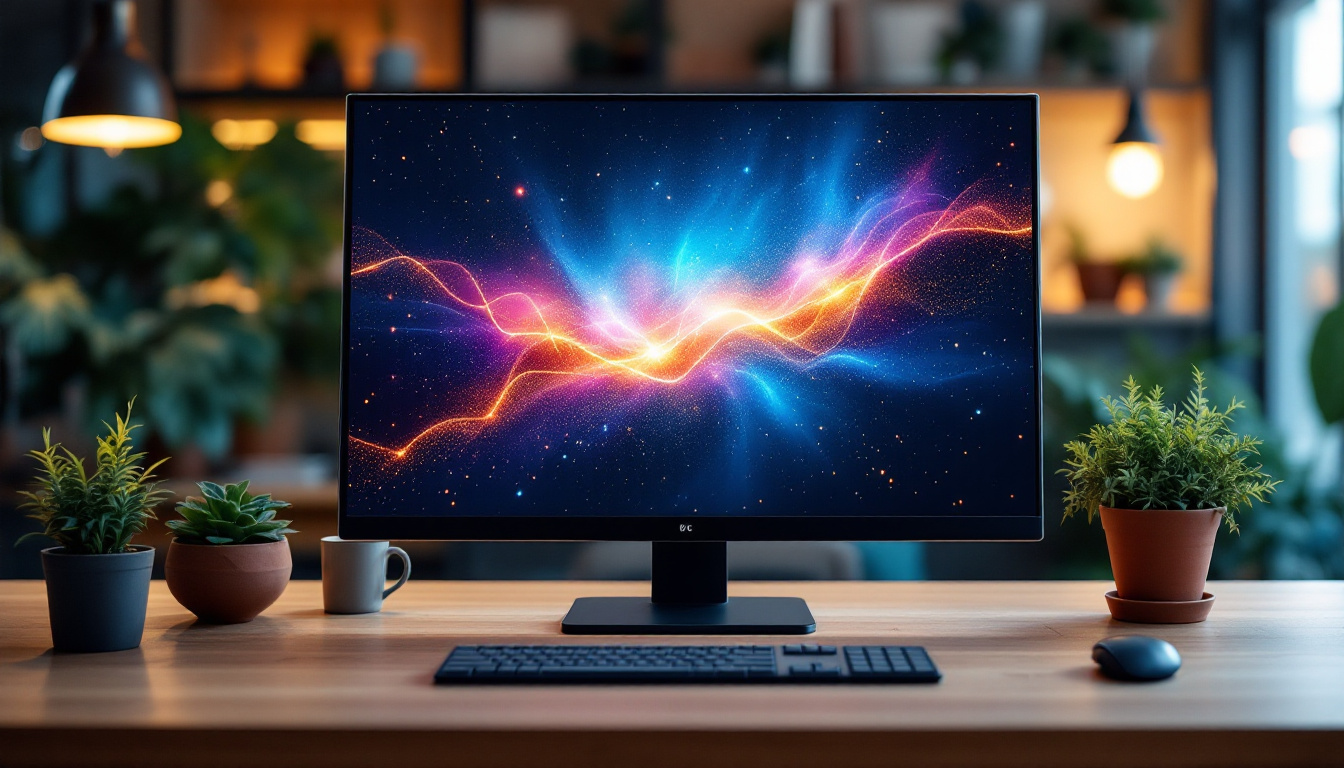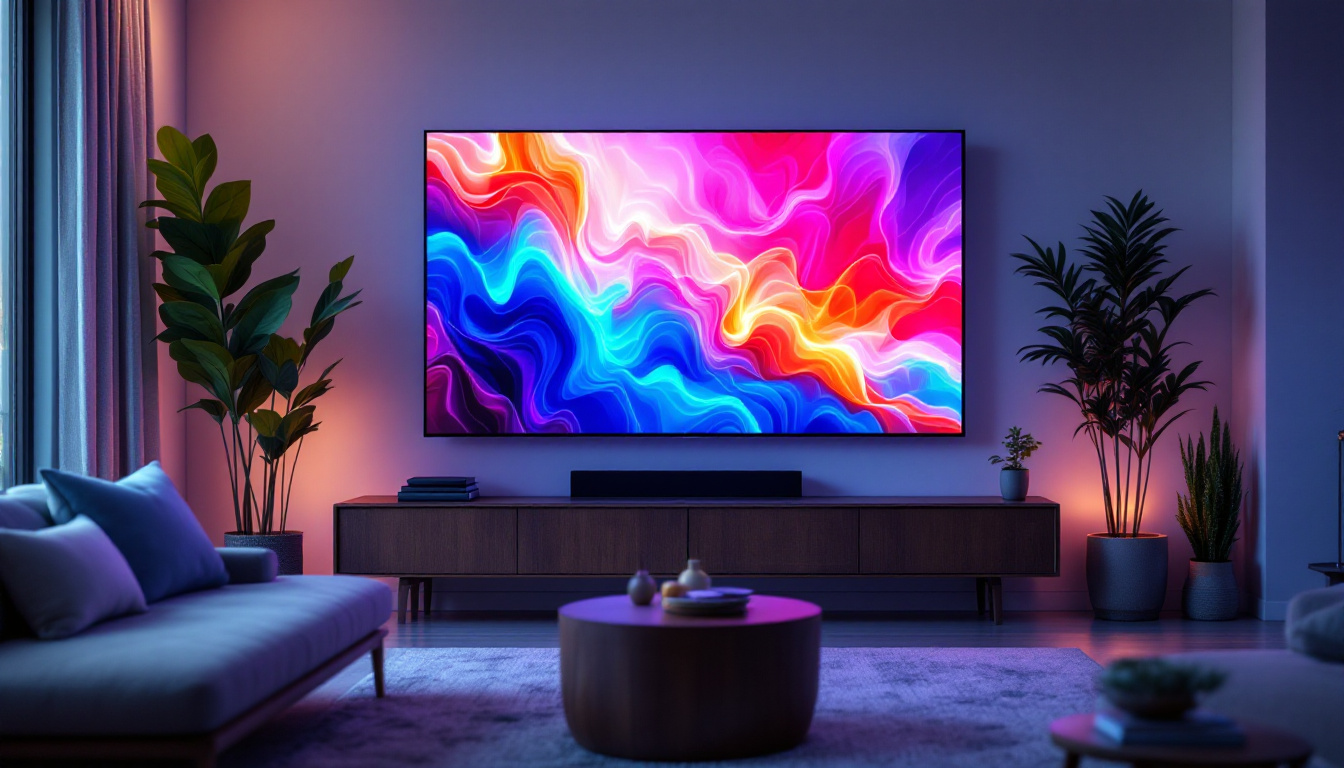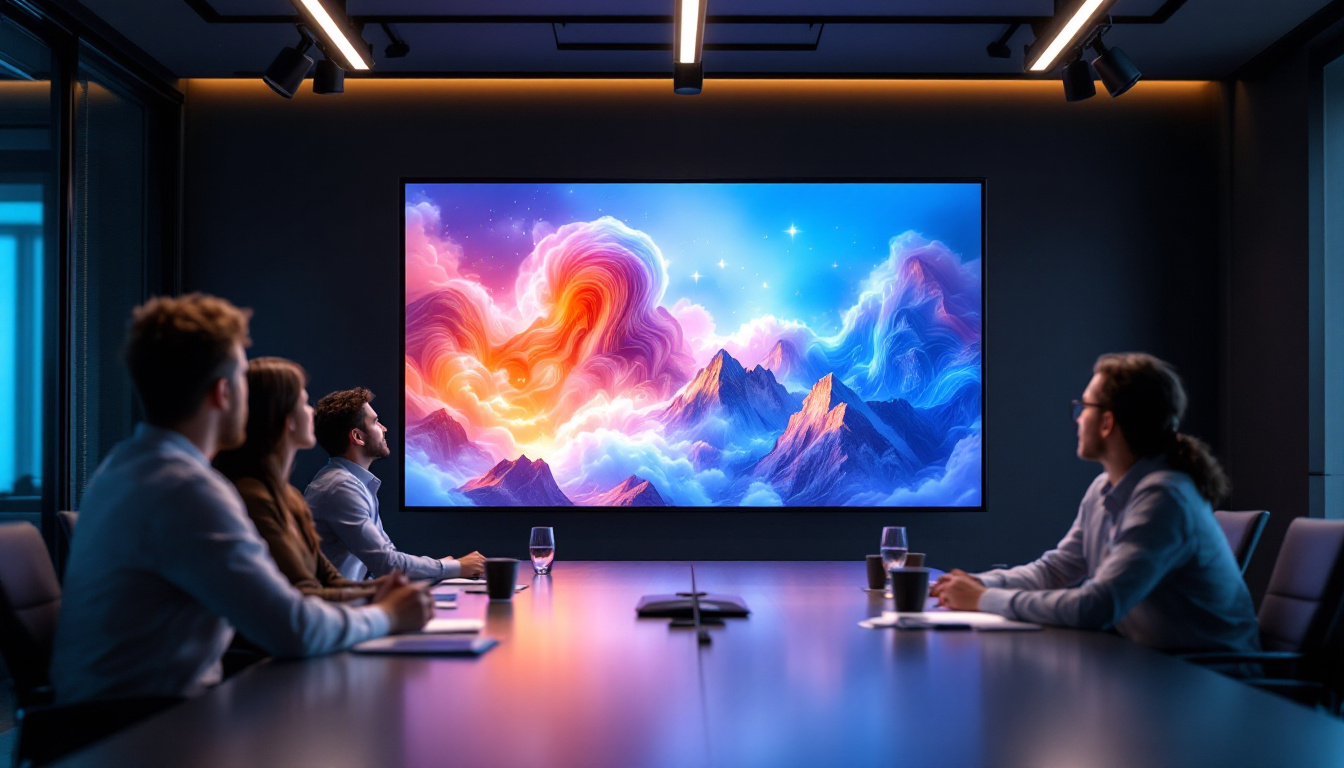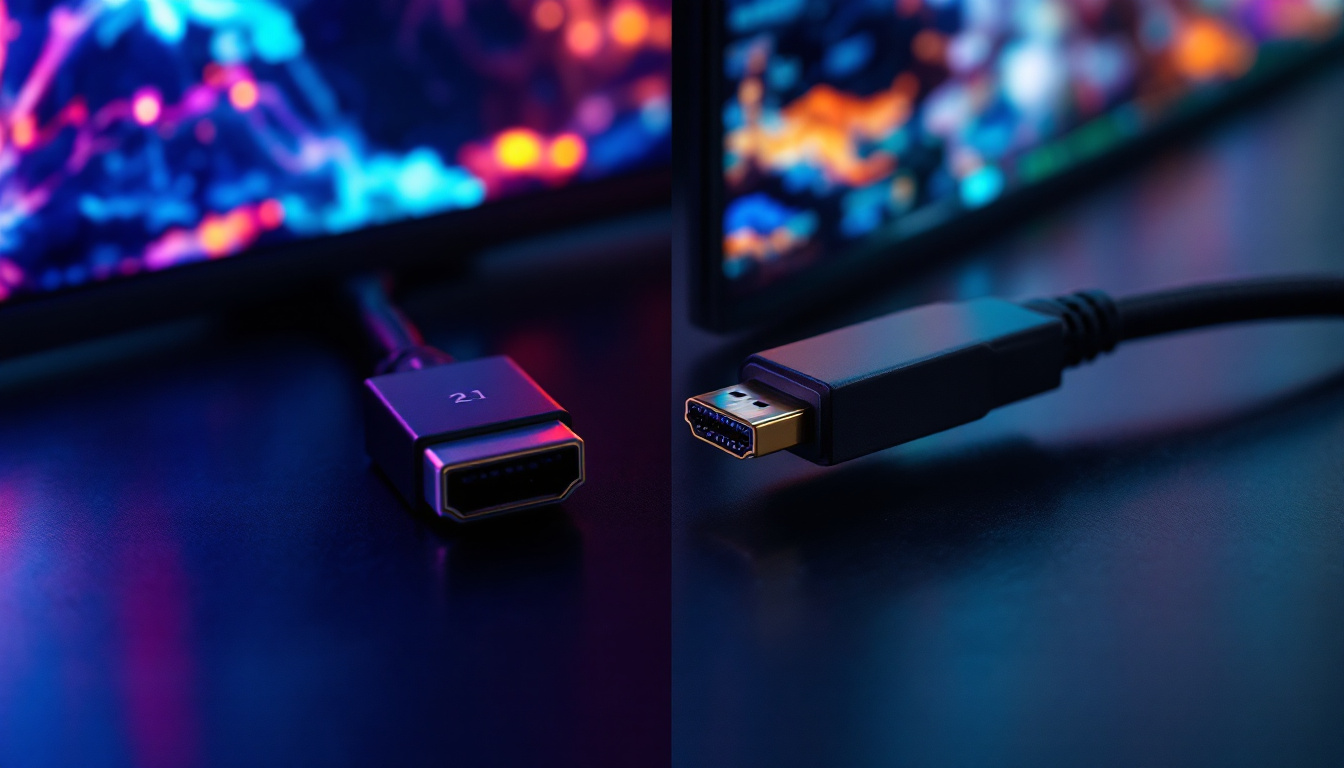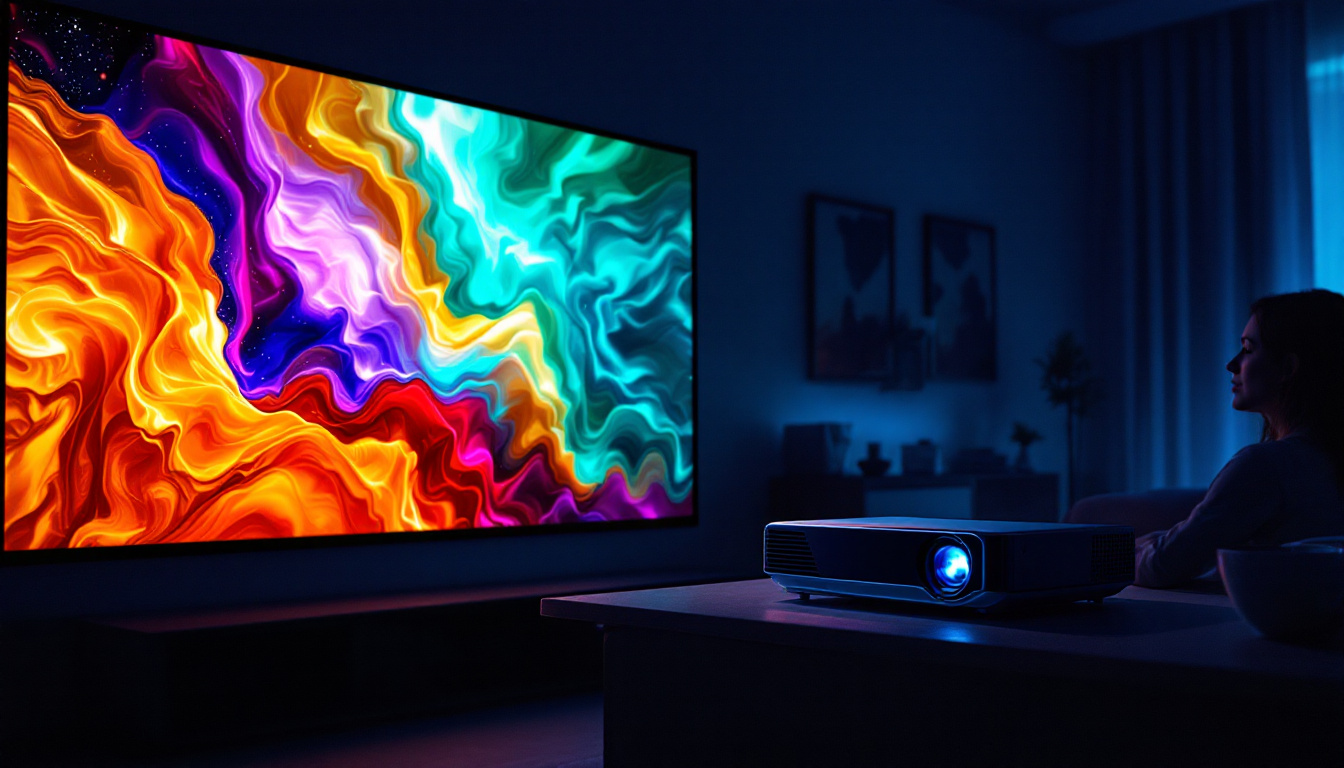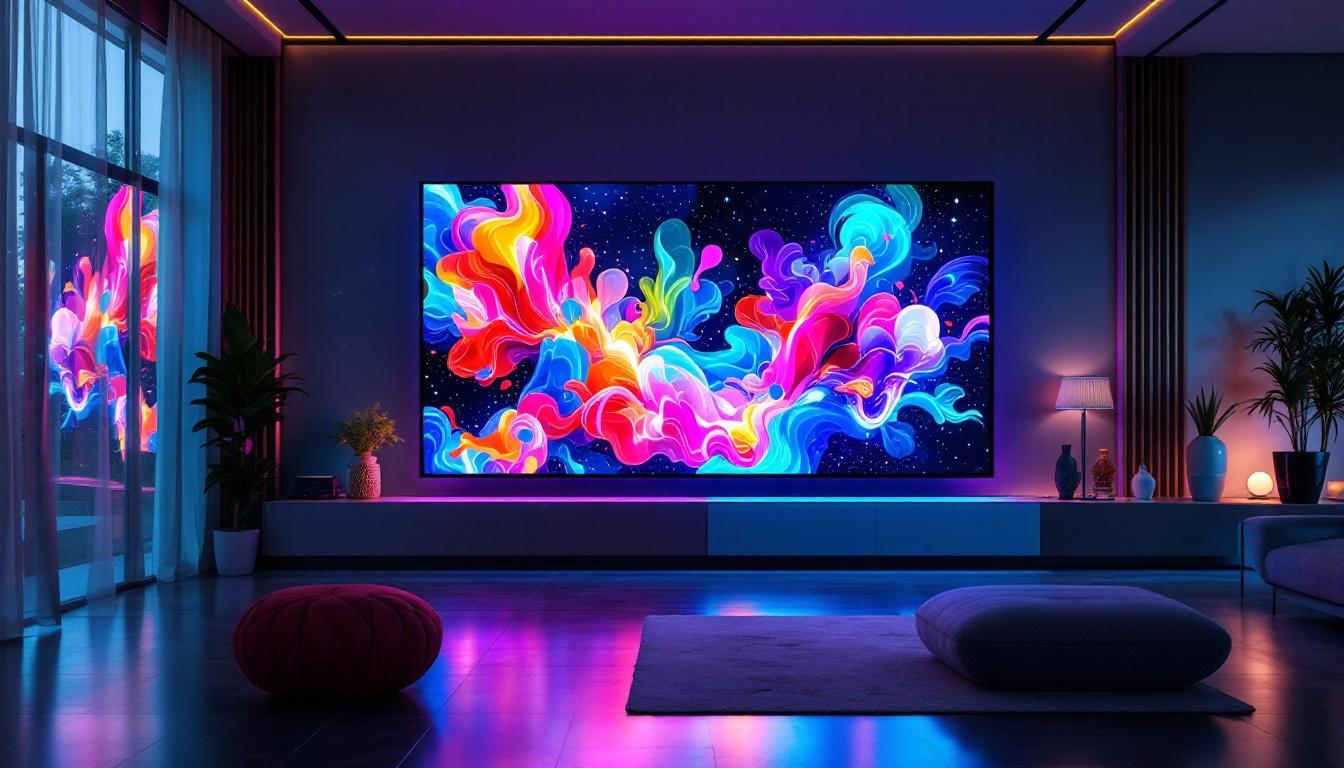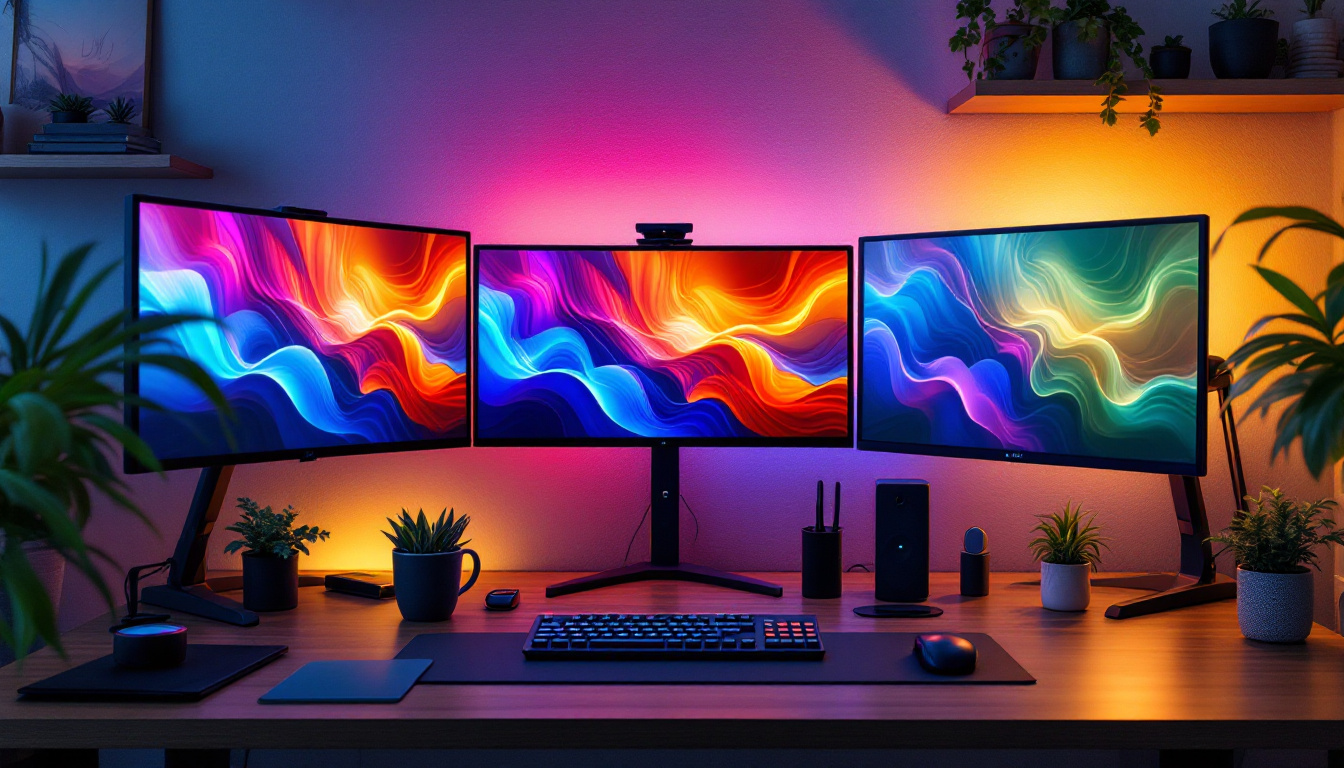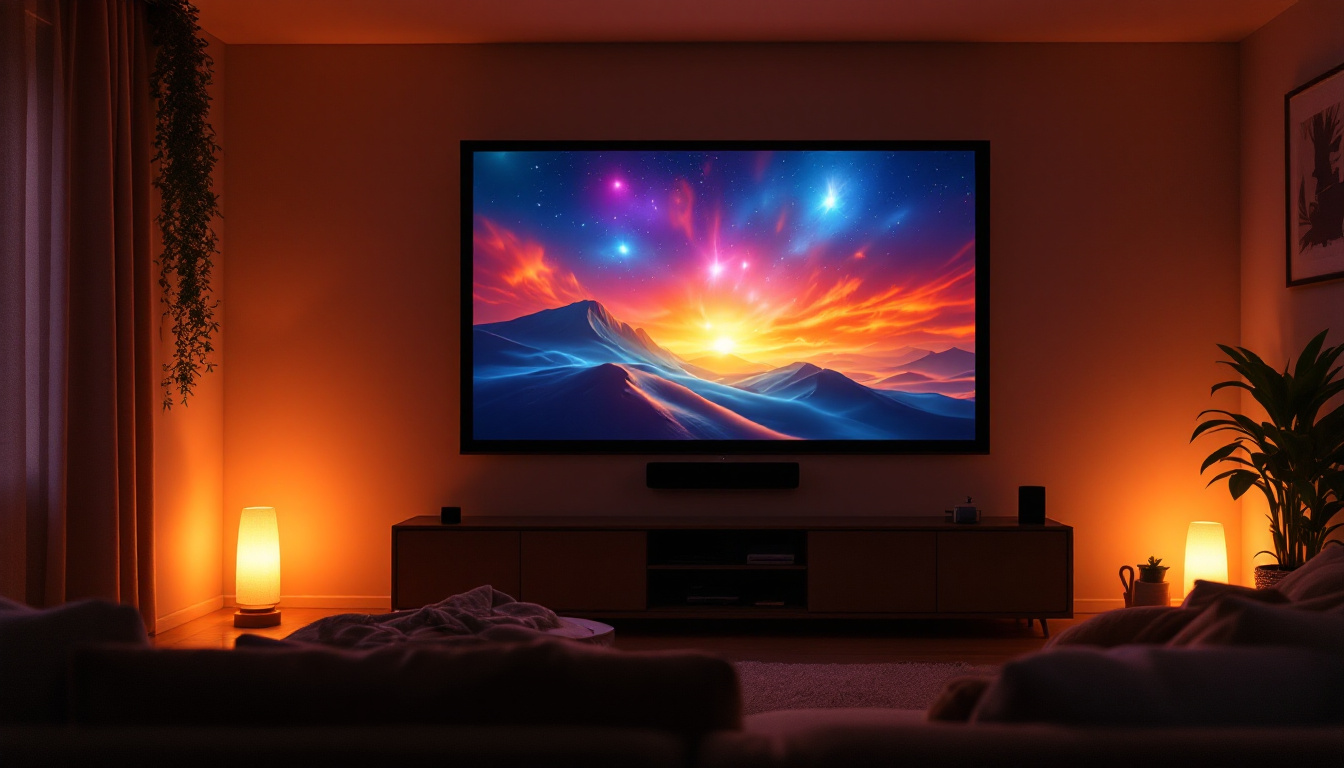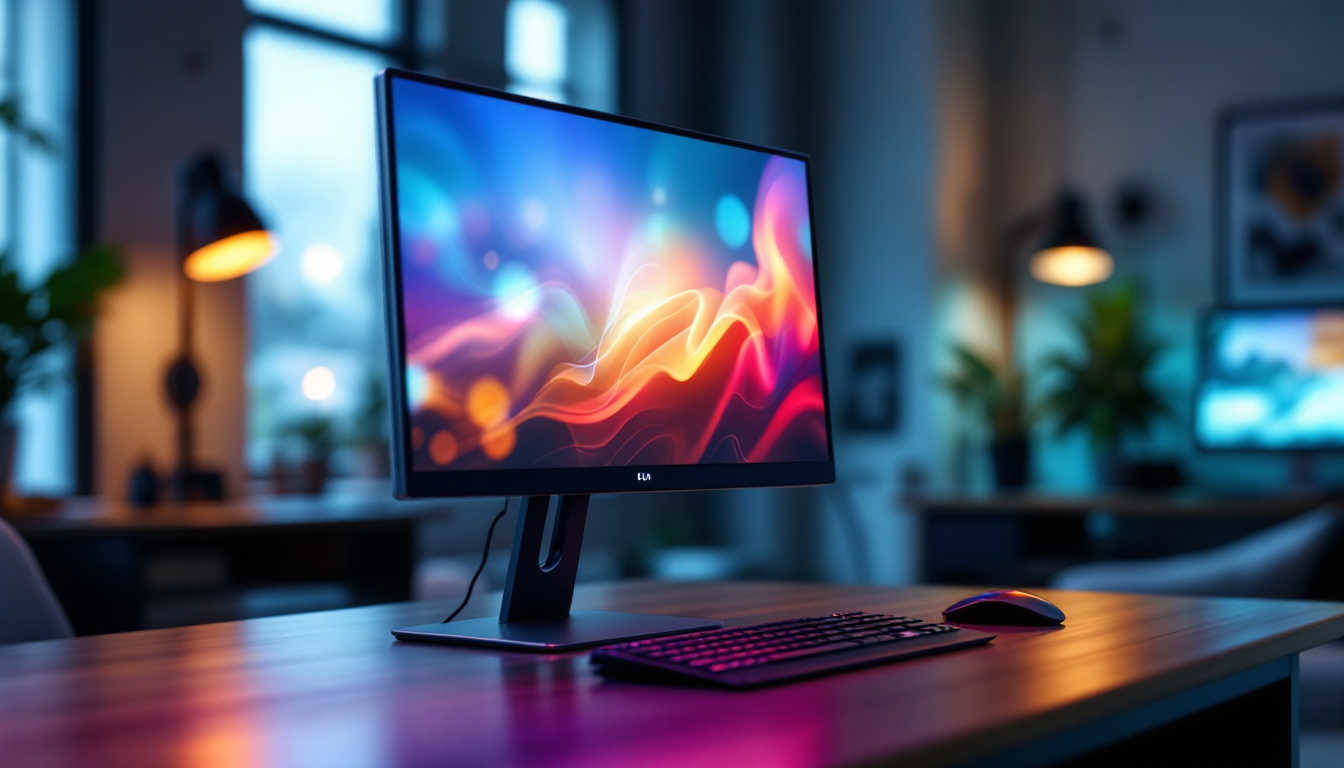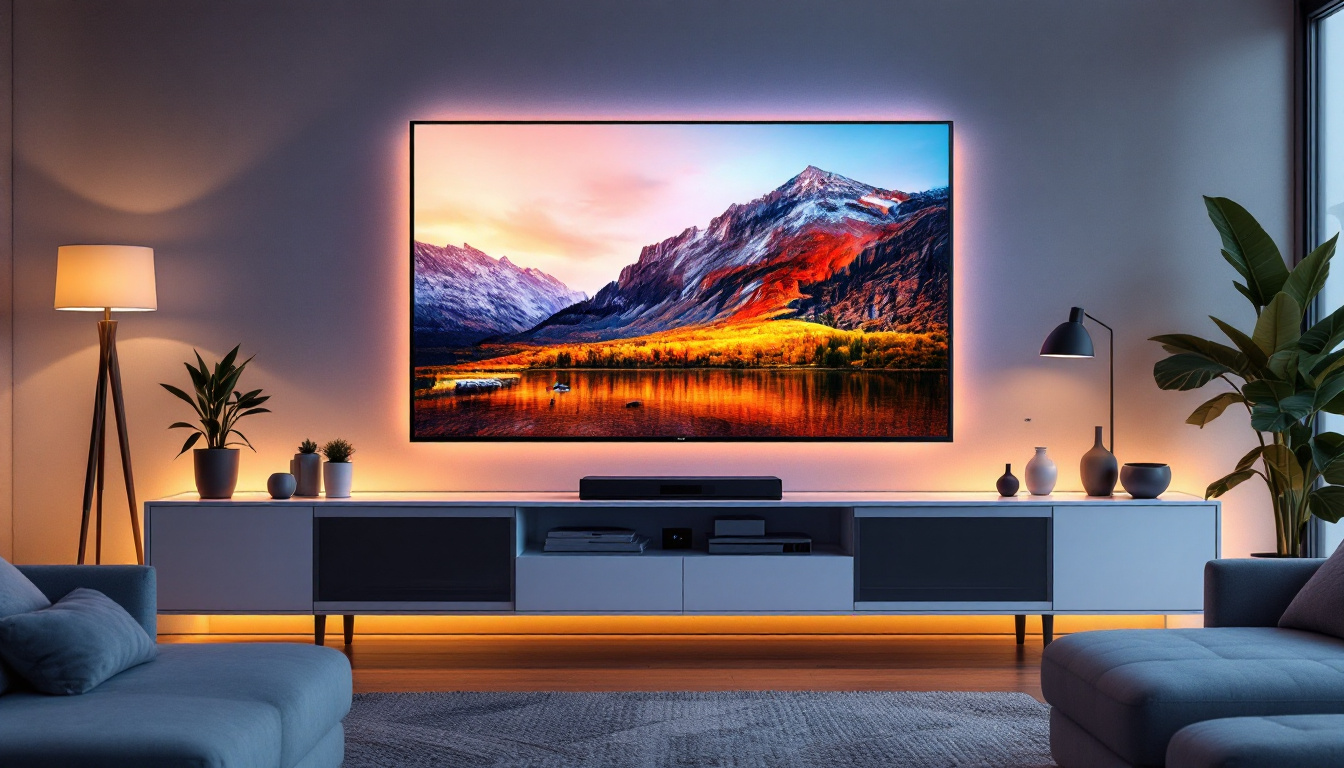Touch Screen LCD Monitor: LED Display Explained
In the modern world, touch screen LCD monitors have become ubiquitous, serving various purposes in both professional and personal environments. The integration of LED technology into these devices has further enhanced their functionality and appeal. This article delves into the intricacies of touch screen LCD monitors, particularly focusing on LED displays, their advantages, and their applications.
Understanding Touch Screen Technology
Touch screen technology has revolutionized the way users interact with devices. By allowing direct interaction with what is displayed, it eliminates the need for traditional input devices like keyboards and mice. This innovation has not only enhanced user experience but has also paved the way for more intuitive interfaces across various applications, from smartphones to interactive kiosks.
Types of Touch Screen Technology
There are primarily four types of touch screen technologies: resistive, capacitive, infrared, and optical. Each type has its unique characteristics and applications. As technology advances, these types continue to evolve, catering to specific needs in different environments, such as retail, healthcare, and entertainment.
Resistive touch screens consist of multiple layers that detect pressure applied to the screen. They are cost-effective and work well with styluses or gloved hands, making them ideal for industrial applications. Their durability and resistance to harsh environments make them a preferred choice for outdoor kiosks and medical devices, where reliability is paramount.
Capacitive touch screens, on the other hand, utilize the electrical properties of the human body. They provide a more responsive experience and support multi-touch gestures, making them popular in smartphones and tablets. This technology allows for features like pinch-to-zoom and swipe gestures, enhancing the overall user experience. Moreover, capacitive screens are often more sensitive and can detect lighter touches, which is crucial for applications requiring precision.
How Touch Screens Work
Touch screens operate through a combination of hardware and software. The hardware includes the display panel and the sensors that detect touch input. When a user touches the screen, the sensors register the location of the touch and send this data to the device’s processor. This rapid response is essential for applications that require real-time interaction, such as gaming and virtual reality.
The software interprets the touch input and executes the corresponding command. This seamless interaction between hardware and software is what makes touch screens so user-friendly and intuitive. Additionally, advancements in machine learning and artificial intelligence are enhancing touch screen capabilities, allowing for more personalized user experiences. For instance, some systems can learn user preferences over time, adjusting sensitivity and responsiveness based on individual usage patterns, thus making the technology even more adaptable and efficient.
LCD Monitors: A Brief Overview
Liquid Crystal Display (LCD) monitors have become a standard in the display technology landscape. They utilize liquid crystals sandwiched between two layers of glass or plastic, which modulate light to create images. This technology is known for its energy efficiency and slim profile. Over the years, LCD monitors have evolved significantly, incorporating advancements that have made them not only more efficient but also more versatile in their applications. From gaming to professional graphic design, LCD monitors have adapted to meet the diverse needs of users.
The Role of LED in LCD Monitors
While LCD monitors have been around for decades, the introduction of LED (Light Emitting Diode) backlighting has significantly improved their performance. LED technology enhances brightness, contrast, and color accuracy, making displays more vibrant and visually appealing. The shift from traditional fluorescent backlighting to LED has allowed manufacturers to create thinner and lighter monitors, which is a crucial factor for consumers who prioritize portability and aesthetics in their devices.
In LED-backlit LCD monitors, LEDs are used to illuminate the liquid crystals, resulting in better image quality compared to traditional fluorescent backlighting. This advancement has led to the development of various types of LED displays, including edge-lit and full-array backlighting options. Full-array backlighting, in particular, allows for localized dimming, which improves black levels and enhances the overall viewing experience, especially in dark scenes. As a result, users can enjoy a more immersive experience whether they are watching movies, playing video games, or working on detailed projects.
Advantages of LED Displays
LED displays offer numerous advantages over their traditional counterparts. One of the most notable benefits is energy efficiency. LED technology consumes less power, which can lead to significant savings on electricity bills over time. This energy efficiency not only benefits consumers financially but also contributes to a more sustainable environment, as lower energy consumption translates to reduced carbon footprints.
Additionally, LED displays provide better contrast ratios and color reproduction. This is particularly important for applications that require precise color accuracy, such as graphic design and video editing. The enhanced brightness levels also make LED displays suitable for use in well-lit environments. Furthermore, many modern LED monitors come equipped with advanced features such as adaptive brightness control and blue light reduction, which help to minimize eye strain during prolonged use. As a result, users can enjoy a more comfortable viewing experience, whether they are working long hours or indulging in their favorite media.
Applications of Touch Screen LCD Monitors
Touch screen LCD monitors find applications across various sectors, including education, healthcare, retail, and entertainment. Their versatility and ease of use make them ideal for a wide range of tasks.
Education and Training
In educational settings, touch screen LCD monitors have transformed the way teachers and students interact. These devices facilitate interactive learning experiences, allowing educators to engage students through multimedia presentations, interactive quizzes, and collaborative projects.
Moreover, touch screens can accommodate various learning styles, making education more accessible to diverse student populations. The ability to annotate and manipulate content on the screen fosters a more dynamic and engaging classroom environment.
Healthcare Applications
In the healthcare sector, touch screen LCD monitors are increasingly used for patient management systems, medical imaging, and telemedicine. Their intuitive interface allows healthcare professionals to access patient information quickly and efficiently, improving the quality of care.
Additionally, touch screens can be used in medical devices, such as ultrasound machines and patient monitoring systems, enhancing usability for clinicians. The ability to interact directly with the display reduces the risk of errors and streamlines workflows.
Retail and Customer Engagement
In retail environments, touch screen LCD monitors serve as interactive kiosks, point-of-sale systems, and digital signage. These devices enhance customer engagement by providing information, facilitating transactions, and offering personalized experiences.
Retailers can leverage touch screen technology to create immersive shopping experiences, allowing customers to browse products, access reviews, and even place orders directly from the display. This not only improves customer satisfaction but also drives sales and enhances brand loyalty.
Choosing the Right Touch Screen LCD Monitor
Selecting the appropriate touch screen LCD monitor involves considering several factors, including size, resolution, touch technology, and intended use. Each of these elements plays a crucial role in determining the overall performance and user experience.
Size and Resolution
The size of the monitor is often dictated by the available space and the specific application. For instance, larger monitors are ideal for presentations and collaborative work, while smaller screens may suffice for personal use or limited tasks.
Resolution is equally important, as it affects the clarity and detail of the displayed images. Higher resolutions, such as Full HD (1920 x 1080) or 4K (3840 x 2160), provide sharper visuals, making them suitable for graphic-intensive applications.
Touch Technology and Features
As previously mentioned, different touch technologies offer varying levels of responsiveness and functionality. Capacitive touch screens are generally preferred for their smooth and accurate touch response, while resistive screens may be more suitable for industrial applications where durability is essential.
Other features to consider include multi-touch capability, anti-glare coatings, and connectivity options. These factors can significantly impact the usability and overall experience of the monitor.
Maintenance and Care for Touch Screen LCD Monitors
Proper maintenance of touch screen LCD monitors is crucial for ensuring their longevity and optimal performance. Regular cleaning and careful handling can prevent damage and maintain the display’s clarity.
Cleaning Techniques
When cleaning a touch screen monitor, it is essential to use the right materials to avoid scratching the surface. A microfiber cloth is ideal for this purpose, as it is gentle and effective at removing fingerprints and smudges.
For deeper cleaning, a solution specifically designed for electronics can be used. It is important to avoid harsh chemicals or abrasive materials that could damage the screen. Always ensure the monitor is powered off before cleaning to prevent accidental touches.
Handling and Usage Tips
To extend the lifespan of a touch screen LCD monitor, users should handle the device with care. Avoid applying excessive pressure on the screen, and refrain from using sharp objects that could scratch the surface.
Additionally, it is advisable to keep the monitor away from direct sunlight and extreme temperatures, as these conditions can affect performance and durability. Regularly updating the software and drivers can also enhance functionality and security.
The Future of Touch Screen LCD Monitors
As technology continues to evolve, the future of touch screen LCD monitors looks promising. Innovations in display technology, such as OLED and microLED, are expected to enhance visual quality even further.
Emerging Technologies
OLED (Organic Light Emitting Diode) displays offer superior color accuracy and contrast compared to traditional LCDs. This technology allows for thinner and lighter screens, making it an attractive option for portable devices.
MicroLED technology, on the other hand, promises even greater advancements in display quality, with self-emissive pixels that deliver vibrant colors and deeper blacks. As these technologies mature, they may redefine the capabilities of touch screen monitors.
Integration with AI and IoT
The integration of artificial intelligence (AI) and the Internet of Things (IoT) is also set to change the landscape of touch screen monitors. Smart features, such as voice recognition and gesture control, could enhance user interaction and accessibility.
As more devices become interconnected, touch screen monitors may serve as central hubs for managing various smart technologies, further expanding their functionality and appeal.
Conclusion
Touch screen LCD monitors with LED displays have transformed the way users interact with technology across various sectors. Their versatility, ease of use, and enhanced visual quality make them invaluable tools in education, healthcare, retail, and beyond.
As advancements in technology continue to emerge, the future of touch screen monitors promises even greater innovations, paving the way for more intuitive and engaging user experiences. By understanding the intricacies of these devices, users can make informed decisions that enhance their productivity and enjoyment.
Discover LumenMatrix’s Innovative LED Display Solutions
Ready to elevate your visual experience with the latest in LED display technology? Look no further than LumenMatrix, a pioneer in crafting LED display modules that bring your content to life. Whether you’re seeking to enhance your brand’s presence with an Indoor LED Wall Display, captivate passersby with an Outdoor LED Wall Display, or create dynamic visual stories with Custom LED Displays, LumenMatrix has the solution for you. Embrace the future of touch screen LCD monitors and transform your space with displays that promise to engage and mesmerize. Check out LumenMatrix LED Display Solutions today and start your journey towards unparalleled visual communication.

